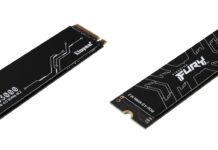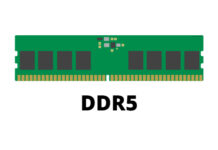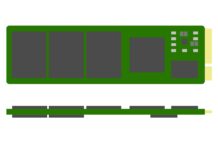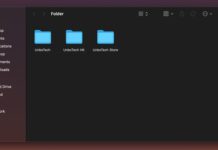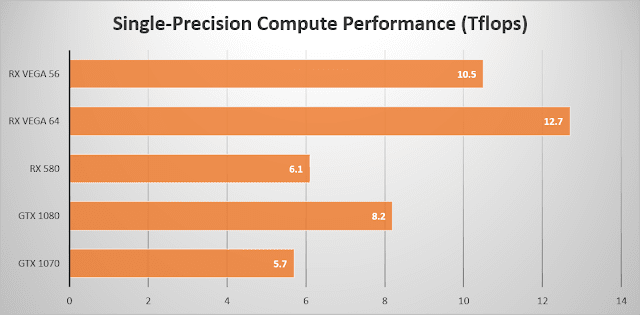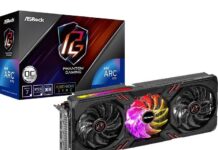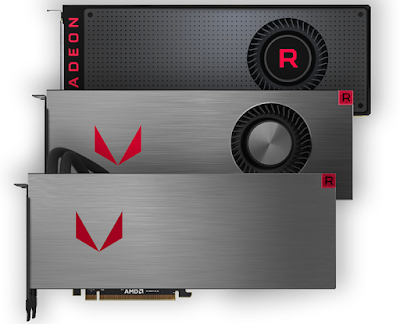 |
| Photo from AMD Radeon |
Last night at SIGGRAPH 2017 (30 July), AMD finally revealed more details about their upcoming next generation graphics cards, RX Vega. Similar to how previous rumors suggested, there are three different models of RX Vega cards. How is RX Vega stacking up in the GPU market?
RX Vega 64
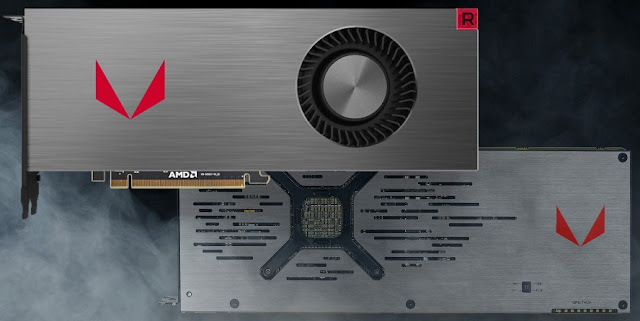 |
| Limited Edition. Photo from AMD Radeon |
The RX Vega 64 is the highest end card in the whole RX Vega family. There will be both an air-cooled and an all-in-one liquid-cooled version. A limited edition card is also available, but there is no difference in specifications between the reference model, only the change in exterior casing design (silver brushed aluminium shroud).
RX Vega 64 has a fully featured Vega GPU with 64 next-gen compute units and 4096 stream processors.It is also equipped with 8GB of HBM2 memory, running on a 2048-bit memory bus for a total 483.8 GB/s bandwidth. The liquid-cooled variant will be clocked higher out of the box and have a higher TDP than the air-cooled one.
RX Vega 56
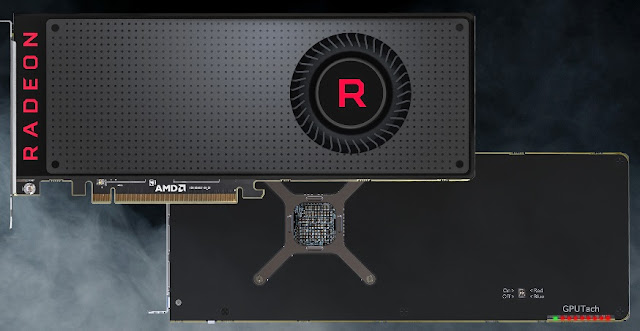 |
| Reference Design. Photo from AMD Radeon |
The RX Vega 56 is a less powerful card with a cut-down Vega GPU. Only one air-cooled reference model will be offered. It has 54 next-gen compute units and 3584 stream processors, paired with 8GB of HMB2 memory. Although the memory bus is the same as RX Vega 64 at 2048-bit, its bandwidth is limited to “only” 410 GB/s.
Comparison
 |
| Prices shown are the MSRP |
Due to better cooling potential, the RX Vega 64 air-cooled card will have a lower base and boost clock speed at 1247 MHz/1546 MHz, compared to the liquid-cooled card’s 1406 MHz/1677 MHz. However, the liquid-cooled RX Vega 64 will consume 50W more power, at 345W TDP.
The RX Vega 56 is clocked at 1156 MHz/1471 MHz, with a 210W TDP.
When comparing with other graphics cards, we can see AMD’s RX Vega cards are looking quite promising. RX Vega 64 and Vega 56 have a single-precision compute performance of 12.7 Tflops and 10.5 Tflops respectively (air-cooled reference models). This is more than 72% better than the RX 580, and over 30% higher than the Nvidia GTX 1080. Although these synthetic benchmark results are not identical to real world performance, at least we can see the potential of the RX Vega.
Release Date
The RX Vega 64 and RX Vega 56 cards will be available in late August. No exact release date is known yet.
Source from AMD Radeon.
Feel free to leave comments below, if you have any opinion about this website. Share the website around if you enjoy reading it. Subscribe to our Newsletter or follow our Google+, Facebook and Twitter.
Support this website simply by shopping in Amazon. It will give us small kickbacks, if you use the above affiliate links to make any purchases, which will help us grow.










